Navigating the Seas with Sailing GPS
In the world of sailing, GPS (Global Positioning System) has become an essential tool for every sailor. Gone are the days of relying solely on traditional navigation methods such as charts and compasses. With the advent of GPS technology, sailors now have access to accurate and real-time positioning information, making navigation safer and more efficient.
The importance of GPS in sailing cannot be overstated. It provides sailors with precise information about their location, speed, and direction, allowing them to navigate with confidence. GPS also enables sailors to plan their routes more effectively, avoiding hazards and optimizing their journey. Additionally, GPS can be used to track progress and performance, providing valuable data for analysis and improvement.
Key Takeaways
- Sailing GPS is a must-have for every sailor, providing accurate navigation and safety features.
- Understanding the basics of sailing GPS navigation is crucial for effective use on the water.
- Choosing the right sailing GPS device for your needs requires consideration of features and budget.
- Setting up your sailing GPS properly and utilizing tips and tricks can enhance its effectiveness.
- Sailing GPS can be used to plan routes, track progress, and access advanced features like wind and weather forecasting.
Understanding the Basics of Sailing GPS Navigation
To fully appreciate the benefits of using GPS in sailing, it is important to understand how GPS works and the different types of GPS devices available.
GPS works by using a network of satellites orbiting the Earth to determine the precise location of a receiver on the ground. These satellites transmit signals that are picked up by the GPS device, which then calculates its position based on the time it takes for the signals to reach the receiver.
There are various types of GPS devices available for sailing, ranging from handheld units to fixed-mount chartplotters. Handheld units are portable and can be easily carried on board, while fixed-mount chartplotters are permanently installed on the boat. Some GPS devices also come with additional features such as chartplotting, which allows sailors to view electronic charts and plan their routes.
Choosing the Right Sailing GPS Device for Your Needs
When choosing a sailing GPS device, there are several factors to consider. Firstly, you need to determine your specific needs and requirements. Are you looking for a basic GPS device for simple navigation, or do you need advanced features such as wind and weather forecasting? Consider the size of your boat and the type of sailing you will be doing, as this will also influence your choice of GPS device.
There are many popular sailing GPS brands and models to choose from. Some of the top brands include Garmin, Raymarine, and Lowrance. Each brand offers a range of models with different features and price points, so it is important to do your research and read reviews to find the best GPS device for your needs.
Budget considerations are also important when choosing a sailing GPS device. Prices can vary significantly depending on the brand, model, and features. Set a budget and prioritize the features that are most important to you. Remember that investing in a high-quality GPS device is a worthwhile investment in your safety and navigation capabilities.
Setting Up Your Sailing GPS: Tips and Tricks
| Metrics | Values |
|---|---|
| Number of satellites connected | 8 |
| Accuracy of GPS | within 3 meters |
| Distance traveled | 12.5 nautical miles |
| Speed | 6 knots |
| Time elapsed | 2 hours and 15 minutes |
| Battery life remaining | 50% |
Once you have chosen the right sailing GPS device for your needs, it is important to properly install and configure it for optimal performance.
Start by reading the user manual that comes with your GPS device. This will provide step-by-step instructions on how to install and configure the device. Follow these instructions carefully to ensure that your GPS is set up correctly.
Calibrating your GPS device is also important for accurate positioning. This involves inputting information such as the boat’s length, beam, and draft into the GPS device. This information allows the GPS to calculate more precise positioning data.
To optimize the performance of your GPS device, there are a few tips and tricks you can follow. Ensure that the GPS antenna has a clear view of the sky to receive signals from satellites. Avoid placing the antenna near metal objects or other electronics that may interfere with signal reception. Regularly update the software on your GPS device to ensure that you have access to the latest features and improvements.
Using Sailing GPS to Plan Your Route and Track Your Progress
One of the key benefits of using GPS in sailing is the ability to plan your route and track your progress with ease. GPS devices allow you to input waypoints and create a route, which can then be displayed on a chartplotter or electronic chart.
When planning your sailing route using GPS, take into account factors such as wind direction, currents, and potential hazards. Use the GPS device to calculate the distance and estimated time of arrival for each leg of your journey. This will help you make informed decisions about when to set sail and where to anchor.
Navigating with GPS is also made easier with features such as waypoint navigation and automatic routing. Waypoint navigation allows you to navigate from one point to another, while automatic routing can suggest the best route based on your destination and current conditions.
Tracking your progress and performance is another valuable feature of GPS devices. You can view your track on a chartplotter or electronic chart, allowing you to analyze your sailing performance and make improvements for future trips.
Advanced Sailing GPS Features: Wind and Weather Forecasting

For sailors looking for more advanced features, some GPS devices offer wind and weather forecasting capabilities. These features provide real-time information about wind speed, direction, and weather conditions, allowing sailors to make informed decisions about their route and sailing strategy.
Wind and weather forecasting with GPS can be particularly useful for long-distance sailing or racing. By knowing the current and predicted wind conditions, sailors can optimize their sail trim and course to maximize speed and efficiency. This can make a significant difference in racing performance or when trying to reach a specific destination within a certain timeframe.
Advanced GPS features for sailing also include tide information, which can be crucial for navigating in areas with strong tidal currents. By knowing the timing and strength of tides, sailors can plan their route accordingly and avoid potentially dangerous situations.
Enhancing Safety with Sailing GPS: Avoiding Hazards and Navigating in Low Visibility
Safety is paramount in sailing, and GPS devices can greatly enhance safety on the water. GPS can be used to avoid hazards such as rocks, reefs, and shallow areas. By inputting waypoints and creating a route, sailors can ensure that they stay clear of potential dangers.
In low visibility conditions such as fog or darkness, GPS becomes even more important for navigation. GPS devices with chartplotting capabilities allow sailors to view electronic charts and navigate with confidence, even when visibility is limited. Some GPS devices also have radar integration, which can further enhance safety by providing a visual representation of nearby vessels and obstacles.
The safety benefits of using GPS in sailing cannot be overstated. By providing accurate positioning information and real-time navigation data, GPS devices help sailors navigate safely and avoid potential hazards.
Sailing GPS and Racing: Improving Your Performance on the Water
For sailors who participate in racing, GPS can be a game-changer. GPS devices offer features specifically designed for racing, allowing sailors to improve their performance on the water.
Using GPS to improve racing performance starts with analyzing your track and performance data. By reviewing your track on a chartplotter or electronic chart, you can identify areas where you may have lost speed or made tactical errors. This information can then be used to make adjustments for future races.
GPS features for racing also include start line assistance, which provides countdown timers and distance-to-line information. This allows sailors to time their start perfectly and gain an advantage over their competitors.
Another useful feature for racing is layline assistance, which helps sailors determine the optimal time to tack or gybe based on wind shifts and course conditions. By using layline assistance, sailors can make strategic decisions that maximize their speed and efficiency.
Maintenance and Care for Your Sailing GPS Device
To ensure that your sailing GPS device continues to perform optimally, proper maintenance and care are essential.
Start by regularly cleaning the screen and buttons of your GPS device. Use a soft, lint-free cloth and a mild cleaning solution to remove any dirt or grime. Avoid using harsh chemicals or abrasive materials, as these can damage the screen or buttons.
Check the battery life of your GPS device regularly and replace the batteries as needed. It is also a good idea to carry spare batteries on board in case of emergencies.
Regularly update the software on your GPS device to ensure that you have access to the latest features and improvements. Most GPS devices can be updated using a computer and the manufacturer’s software.
If you encounter any issues with your GPS device, consult the user manual or contact the manufacturer for troubleshooting tips. Common issues such as signal loss or inaccurate positioning can often be resolved with simple adjustments or software updates.
By properly maintaining and caring for your sailing GPS device, you can extend its life and ensure that it continues to perform reliably when you need it most.
Sailing GPS Accessories: Must-Haves for Every Sailor
To enhance the functionality and usability of your sailing GPS device, there are several accessories that every sailor should consider.
A mounting bracket or cradle is essential for securely attaching your GPS device to your boat. This ensures that it is easily accessible and visible while sailing.
An external antenna can improve signal reception and accuracy, especially in areas with poor satellite coverage or obstructions. This is particularly useful for sailors who venture into remote or challenging sailing grounds.
A protective case or cover is important for keeping your GPS device safe from water, dust, and other potential hazards. Look for a case that is waterproof and shockproof for maximum protection.
A power supply is also essential for keeping your GPS device charged and operational. Consider investing in a solar charger or a portable power bank for extended trips or when access to shore power is limited.
Conclusion: The Importance of Sailing GPS in Modern Sailing
In conclusion, GPS has become an indispensable tool for every sailor. The benefits of using GPS in sailing are numerous, from accurate positioning and navigation to improved safety and performance on the water.
Understanding the basics of GPS navigation and choosing the right GPS device for your needs are crucial steps in harnessing the power of GPS in sailing. Properly setting up and maintaining your GPS device will ensure that it continues to perform optimally.
GPS devices offer a range of features and capabilities, from basic navigation to advanced wind and weather forecasting. These features can greatly enhance your sailing experience and help you navigate with confidence.
By using GPS to plan your route, track your progress, and avoid hazards, you can sail safely and efficiently. GPS devices also offer valuable features for racing, allowing you to improve your performance on the water.
With proper maintenance and care, your sailing GPS device will continue to serve you well for many years to come. Consider investing in accessories that enhance the functionality and usability of your GPS device.
In today’s modern sailing world, GPS is a must-have for every sailor. Whether you are a casual cruiser or a seasoned racer, GPS will revolutionize your navigation experience and make your time on the water safer and more enjoyable.
If you’re looking for the ultimate resource on GPS technology in sailing, look no further than The Sailing GPS. Their website, https://thesailinggps.com, is a treasure trove of information for sailors who want to harness the power of GPS to enhance their sailing experience. One article that caught my attention is their blog post titled “The Importance of GPS in Sailing: A Comprehensive Guide.” This informative piece delves into the various ways GPS technology can benefit sailors, from navigation and route planning to safety and emergency situations. To read this insightful article, visit their blog at https://thesailinggps.com/blog/.
FAQs
What is a sailing GPS?
A sailing GPS is a device that uses satellite signals to determine the location, speed, and direction of a boat on the water.
How does a sailing GPS work?
A sailing GPS works by receiving signals from GPS satellites orbiting the Earth. The device uses these signals to calculate the boat’s position, speed, and direction.
What are the benefits of using a sailing GPS?
Using a sailing GPS can help sailors navigate more accurately and safely, especially in unfamiliar waters. It can also help sailors track their progress and plan their routes more efficiently.
What features should I look for in a sailing GPS?
When choosing a sailing GPS, look for features such as waterproofing, a large and easy-to-read display, long battery life, and the ability to connect to other devices such as a chartplotter or autopilot.
How accurate is a sailing GPS?
A sailing GPS can be accurate to within a few meters, depending on the quality of the device and the number of GPS satellites in view.
Can a sailing GPS be used for other activities besides sailing?
Yes, a sailing GPS can be used for other outdoor activities such as hiking, camping, and geocaching. It can also be used for navigation in cars and airplanes.


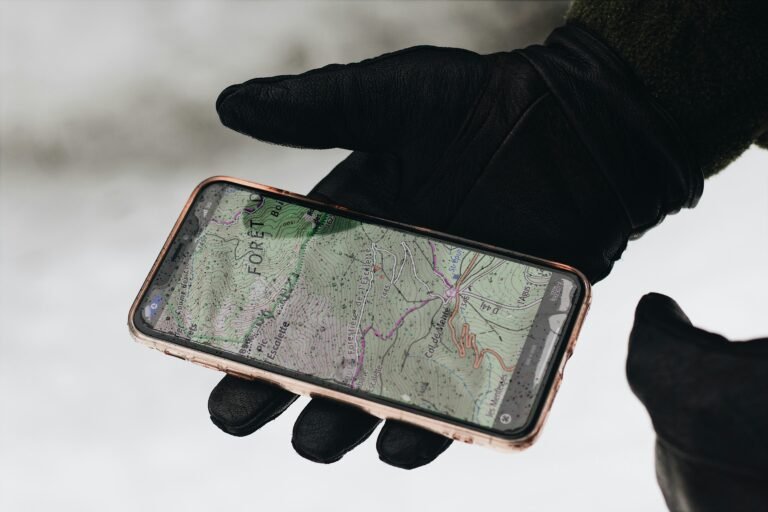
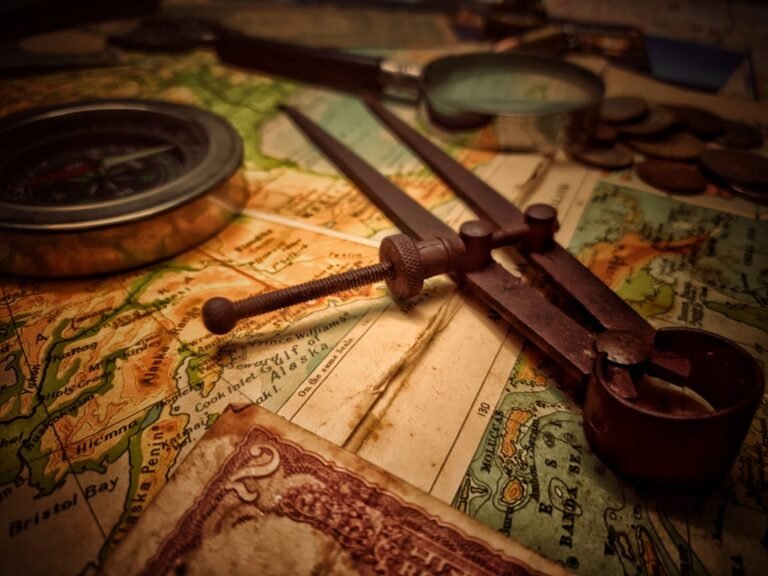
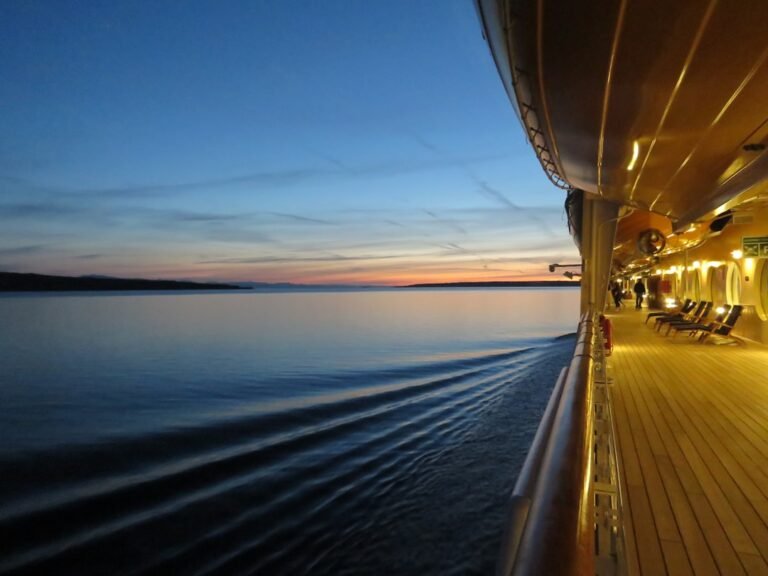
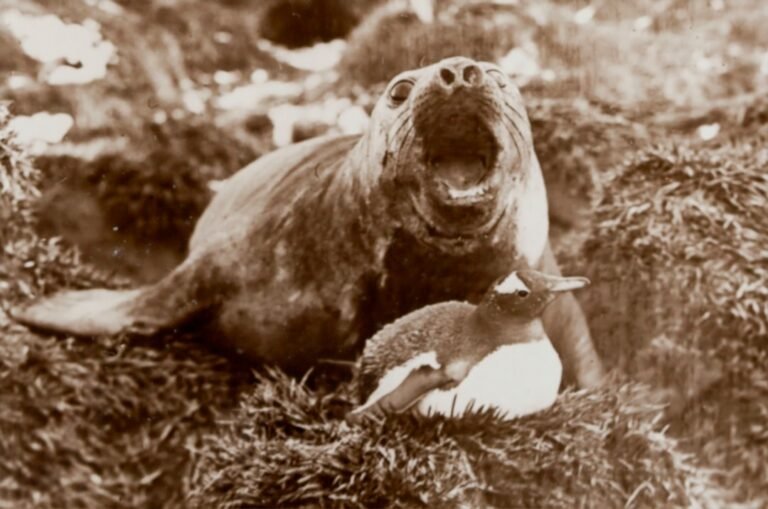
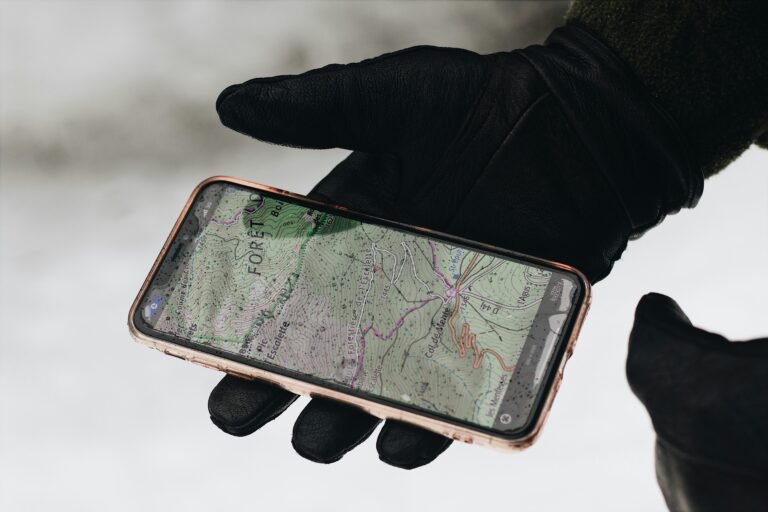
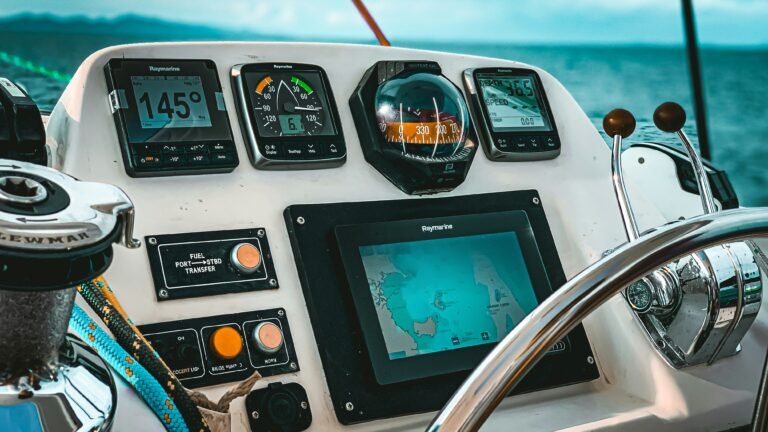
Leave feedback about this